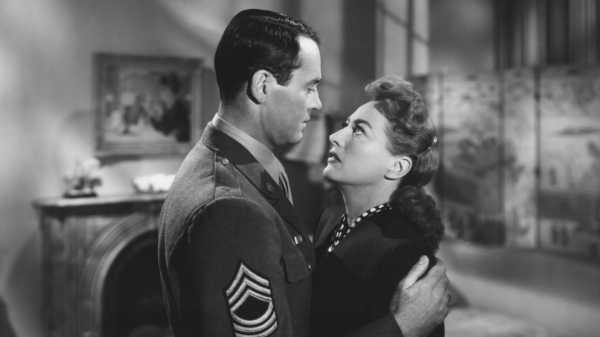
Each week, Richard Brody picks a classic film, a modern film, an independent film, a foreign film, and a documentary for online viewing.
“Paterson”
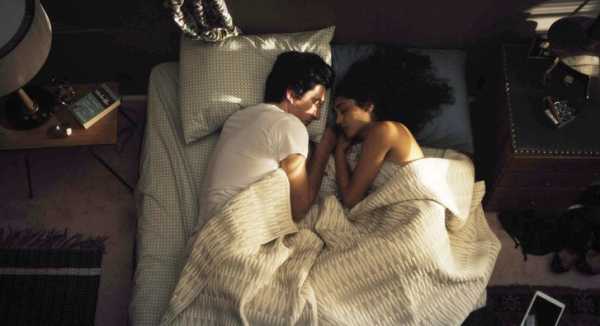
Photograph by Mary Cybulski / Bleecker Street Media / Everett
With “Let the Sunshine In,” Claire Denis’s film about a fictitious artist (played by Juliette Binoche), and “Boom for Real” (a documentary about Jean-Michel Basquiat) playing in theatres, attention turns to classics of the genre—movies about visual artists. Jim Jarmusch’s lyrical 2016 drama, “Paterson,” comes at the matter obliquely but decisively—its title refers both to the city in New Jersey where the movie is set and to the name of the protagonist (played by Adam Driver), a city-bus driver who is also a prolific, devoted, but unpublished poet. Paterson’s wife, Laura (Golshifteh Farahani), is the visual artist. Her elaborate and exquisite sense of domestic design provides the movie with its sense of style, one that’s as pervasive and as eye-catching as the stylization of a film by Wes Anderson. Yet Laura, a haphazard and accidental interior designer, seems even more enthusiastic about attempting a musical career, and is as focussed on making her stage outfits as on mastering an instrument. Meanwhile, she also harbors designs on founding a local high-style cupcake empire. In short, Laura is an artist without an art, without an obsession other than the drive for creation itself, and with the original and lively imagination to render anything she touches distinctive. Paterson, by contrast, is a monomaniac, who’s devoted not to art or creation in general but to one form and one craft, poetry, to the exclusion of all others (including, to some extent, of life itself). Their contrasting characters invite grand philosophical ideas—what is art, and what is an artist?—that Jarmusch brings lightly to the fore with a graceful, tender comedic touch.
Stream “Paterson” on Amazon Prime, Vudu, and other services.
“Daisy Kenyon”
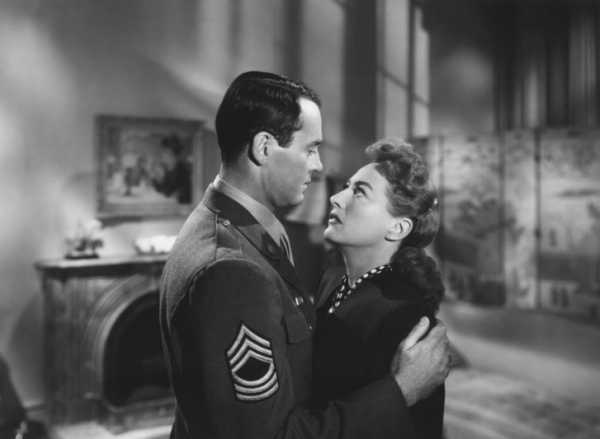
Photograph by 20th Century Fox / Everett
Though already a star in the nineteen-twenties, in silent films, Joan Crawford was at her steely best in the nineteen-forties and fifties—in part, because she was then working with her best directors, such as Otto Preminger, in the 1947 melodrama “Daisy Kenyon.” In the title role, Crawford gives one of her most passionate and troubling performances, as a commercial illustrator working out of her West Village apartment whose love life gets complicated. She’s having an affair with a married man—a high-powered Park Avenue lawyer named Dan O’Mara (Dana Andrews)—whom she loves. But Dan won’t divorce his wife, and when she begins to date a recently discharged war veteran named Peter Lapham (Henry Fonda), a naval architect who is disturbingly impulsive and even seems mentally unstable, her two suitors come into ugly conflict. There’s a great scene at the Stork Club in which the real-life gossip columnists Walter Winchell and Leonard Lyons play themselves; a series of horrific family battles that set Dan against his wife and children; and professional conflicts that pit Dan against his father-in-law, who’s also his law partner, even as Dan displays, in his law practice, a set of high-minded principles that evade him in his private life. Peter, for his part, cleaves to Daisy with a passion veering on madness and a determination tending toward the irrational—and, amid all the fury, the artist herself is pushed to a breaking point. It’s one of the wildest and most turbulent of Hollywood love stories—and a vision of commercial art as a welcoming port in an emotional storm.
Stream “Daisy Kenyon” on Amazon, YouTube, and other services.
“Losing Ground”
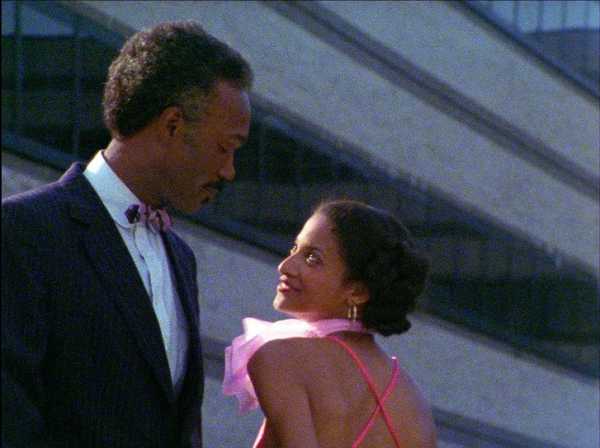
Photograph by Milestone Films / Everett
Kathleen Collins’s 1982 film, “Losing Ground”—amazingly and dismayingly, among the first feature films to be directed by an African-American woman—dramatizes the conflicts of a married couple in which the demands of art spill over into their love life. Sara Rogers (Seret Scott) is a philosophy professor at the City College of New York whose academic studies, on the subject of ecstatic experience, lead her out of the academic orbit and toward performance (thanks to the invitation of a film student to act in his film). Her husband, Victor (Bill Gunn), is a painter, one of whose ambitiously abstract works has just been bought by the Museum of Modern Art—but who wants to change directions and work representationally, from life, with models. He gets a summer home for the two of them in upstate New York (regardless of its effect on her planned summer of library work), he sketches people—mainly women—whom he meets there, and he chooses one model in particular, a young woman named Celia (Maritza Rivera), who plays a major role in his life and also in his work. Meanwhile, when Sara moves from the theory of ecstasy to its practical pursuit, she finds solace in the company of one of her fellow-actors, the elegant Duke (Duane Jones, the star of “Night of the Living Dead”). Collins develops an extraordinary range of experience—romantic turmoil, family history, cultural heritage, artistic theory—into the drama, and fills a series of vast landscapes, from city to country, with a furious profusion of emotions, from desire to humiliation, joy to rage, love to hate.
Stream “Losing Ground” on FilmStruck.
“La Chienne”
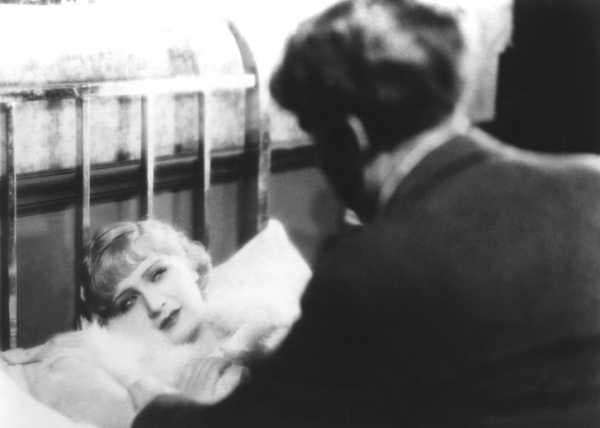
Photograph from Everett
Perhaps no filmmaker was more qualified to make movies about artists than Jean Renoir, whose father was the painter Auguste Renoir (and who wrote a wonderful memoir about him, “Renoir, My Father”). In some of the director’s films, he captured the sensuous lyricism of his father’s art. In “La Chienne,” his first full-length sound film, from 1931, he captured the hard-nosed business of the art world, with its manipulations and its humiliations. It’s a story of horrible emotional cruelty, of markets and values, in which hearts and souls are bought and sold and paintings are merely the trace that remains. A meek, awkward Parisian office clerk named Maurice Legrand (Michel Simon) is also an amateur painter, whose domineering wife, Adèle (Magdeleine Bérubet) has no patience for his hobby. One night, Maurice chivalrously rescues a young woman named Lulu (Janie Marèse) who’s being beaten in the street; she gratefully, it seems, becomes his lover, but, unbeknownst to him, she’s a prostitute who’s merely after his money—and she gets it, in the form of his paintings, which she sells behind his back, channelling the funds to her pimp, Dédé (Georges Flamant), whom she loves. Renoir’s vivid, sleazy, yet nonetheless romantic view of the Parisian demimonde is matched by his view of the artist’s pathetic obliviousness—and of French society’s cruel prejudices, which poison relations and curdle dreams from the story’s sardonic beginning to its ironic end.
Stream “La Chienne” on the Criterion Channel at FilmStruck.
“The B-Side: Elsa Dorfman’s Portrait Photography”
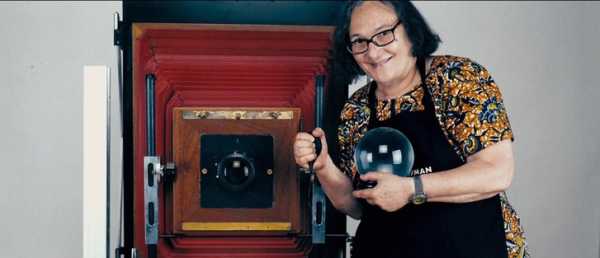
Photograph by Neon / Everett
“The B-Side,” from 2017, is a portrait of a portraitist; it’s Errol Morris’s nonfiction bio-pic about the photographer Elsa Dorfman, who, in her seventies at the time of the filming, tells the extraordinary story of how she became a photographer and how that very story coalesces with her art. In effect, she was, as a young woman, an artist without an art—a college graduate who left New York’s literary circles and returned to her home town of Boston, where she became a schoolteacher but knew that it wasn’t the right fit. In 1965, taking a supplementary teacher-training seminar at M.I.T., where photography was used as an educational tool, Dorman, with a high-end professional camera pressed into her hands, took photographer as an identity before she took photography as her art. First, she took pictures of her literary friends (including Allen Ginsberg and Anne Sexton); then, realizing that a woman’s identity was primarily defined, in the wider world, by her home life, she decided to photograph herself at home, as if in a visual diary, and it became a book. (She also sold her photographs from a shopping cart in Harvard Square.) Then, discovering large-format Polaroids, she found her definitive calling—as a portraitist for hire (taking two shots of each subject and keeping the rejected one for herself, a practice that explains the movie’s title). Throughout the film, Dorfman dispenses, for Morris’s camera and microphone, a remarkable skein of wisdom and insight on life and art, and on photographic technology as the ultimate redemption for someone whose art, essentially, is life itself.
Stream “The B-Side” on Amazon, Google Play, and other services.
Sourse: newyorker.com






